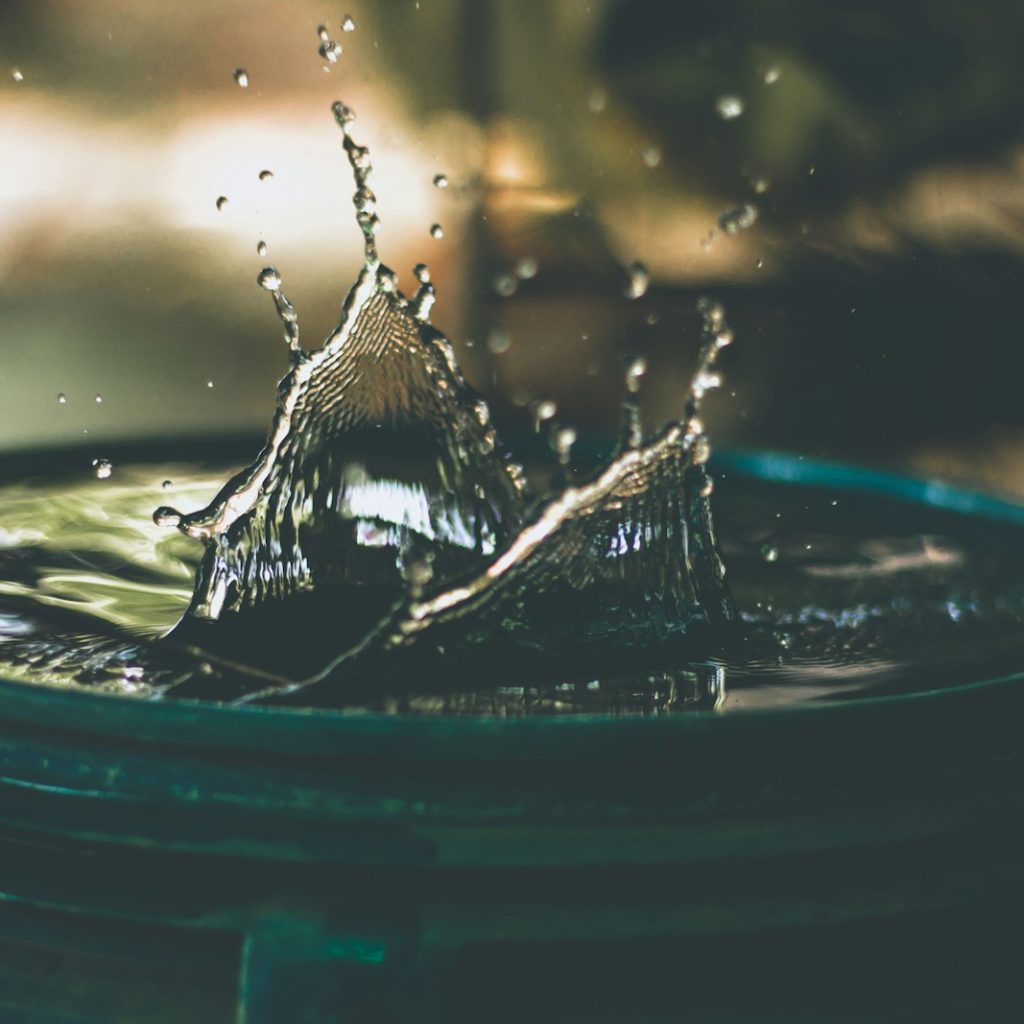California's Water Sources: A Closer Look at the State's Water Supply

California, a land of diverse landscapes and climates, faces unique challenges when it comes to water supply. In this blog post, we’ll take a closer look at the various water sources that contribute to sustaining the state’s population and agriculture. We explore the intricacies of the Golden State’s water supply system.
The Complex Landscape of California’s Water Supply
California’s water supply is a complex interplay of natural resources, infrastructure, and human ingenuity. The state’s vast and varied geography, ranging from arid deserts to mountainous regions, demands a comprehensive approach to water management. Understanding the sources of California’s water is crucial for addressing the challenges posed by population growth, climate change, and environmental conservation.
Surface Water
California’s rivers and reservoirs are critical sources of surface water. The snowmelt from the Sierra Nevada mountains feeds into major rivers like the Sacramento and San Joaquin, forming the backbone of the state’s surface water supply. Reservoirs strategically placed throughout the state help regulate water flow and provide storage for drier periods.
Groundwater
Groundwater is a vital component of California’s water portfolio, especially in times of drought. Aquifers, vast underground reservoirs, store water that can be accessed through wells. Sustainable groundwater management practices are essential to prevent overdraft and depletion, ensuring a reliable source for agricultural and municipal needs.
Snowpack
The Sierra Nevada snowpack serves as a natural reservoir, releasing water gradually as it melts during warmer months. This process is crucial for maintaining a steady flow in rivers and supporting ecosystems. However, climate change poses a threat to snowpack levels, emphasizing the need for adaptive water management strategies.
Recycled Water
In response to the growing demand for water, California has embraced water recycling as a sustainable solution. Treated wastewater is purified to meet stringent standards, making it suitable for non-potable purposes such as irrigation and industrial processes. This approach reduces reliance on traditional water sources and promotes resource efficiency.
Desalination
With a vast coastline along the Pacific Ocean, desalination has become an increasingly viable option for augmenting California’s water supply. While energy-intensive, technological advancements and increasing water scarcity have prompted investments in desalination plants, particularly in regions facing acute water shortages.
Conclusion
California’s water supply is a delicate balance that requires strategic planning, conservation efforts, and innovative solutions. As the state continues to navigate the challenges of a growing population and a changing climate, sustainable water management practices become increasingly critical.
By understanding the diverse sources that contribute to California’s water supply, we can work towards a resilient and adaptable water infrastructure that meets the needs of both people and the environment. Stay informed about the intricacies of California’s water sources and be a part of the conversation on sustainable water management for the Golden State’s future.
Dive deeper into California’s water landscape. Subscribe for updates on water conservation, management strategies, and the latest developments in sustaining the state’s precious water resources.

Leave Your Comment